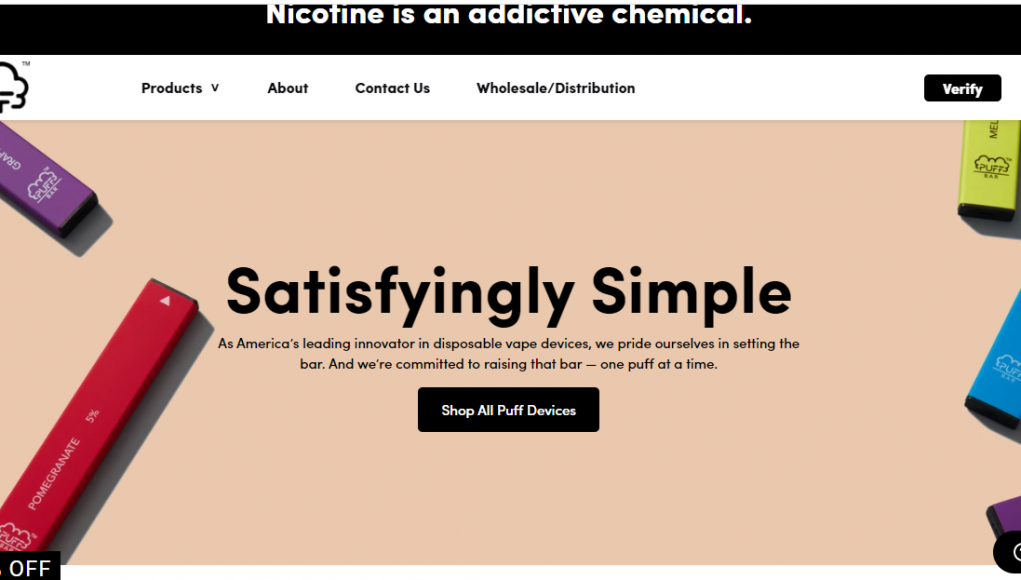In Australia Puff Bar sells disposable e-cigarettes online in a range of flavours including pink lemonade, tobacco, and strawberry, and colours (some of which light up when used). The devices contain 5%, or 50mg, of salt nicotine.
“Juul products use nicotine salts, which can lead to much more available nicotine,” said the the CDC’s Principal Deputy Director Dr. Anne Schuchat to the House Oversight and Reform Committee’s panel on consumer products. She added that the salts allow nicotine to “cross the blood brain barrier and lead to potentially more effect on the developing brain in adolescents.” In response to such claims, Juul executives had pointed out that in fact the salts give users an experience similar to conventional cigarettes, hence making it easier for smokers to switch.
Teen vapers would be smoking in the absence of vaping products
Meanwhile, in line with previous studies and arguments by public health experts, a recent article published in Nicotine & Tobacco Research, found that if vaping products had never come to exist, those teens who currently use the products, would be smoking instead.
The study titled, “High school seniors who used e-cigarettes may have otherwise been cigarette smokers: Evidence from Monitoring the Future (United States, 2009-2018),” aimed to determine whether young adults who vaped between 2014 and 2018 would, would have become smokers in the absence of e-cigarettes.
The researchers conducted a regression analysis of 12th-graders with data retrieved from the “Monitoring the Future” report, a survey conducted by the federal government’s National Institute on Drug Abuse (NIDA) that measures different forms of drug use by adolescents nationwide. On the contrary of a gateway effect, the study authors found that actually the youth who do vape tend to be those who would have been smokers if vapes never came into existence.
“Our model predicted smoking prevalence quite accurately prior to the availability of e-cigarettes,” Sokol told Filter. “But once e-cigarettes became available in a widespread way, it increasingly overestimated the prevalence [of smoking]. So the prevalence was decreasing, but our model based on a pre-e-cigarette era was predicting a decrease but not as steep.”
Read Further: ABC News













